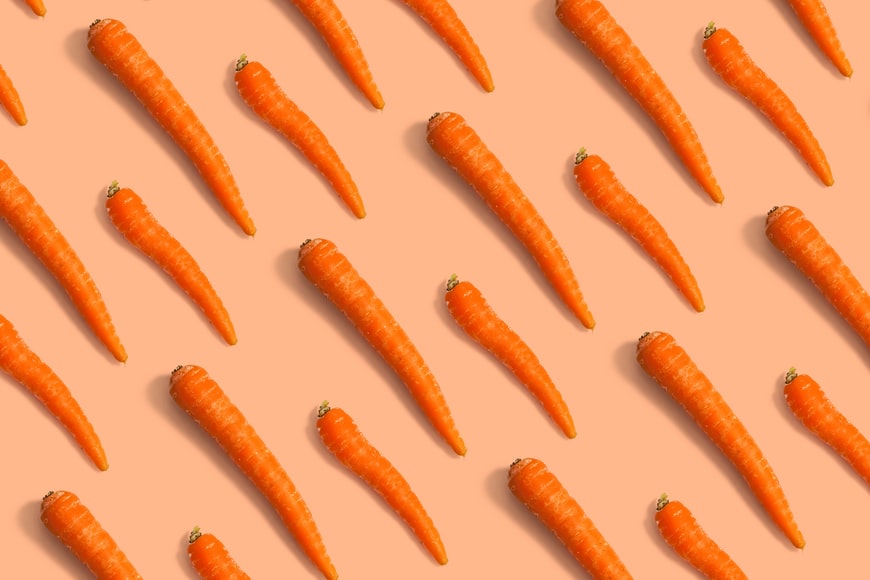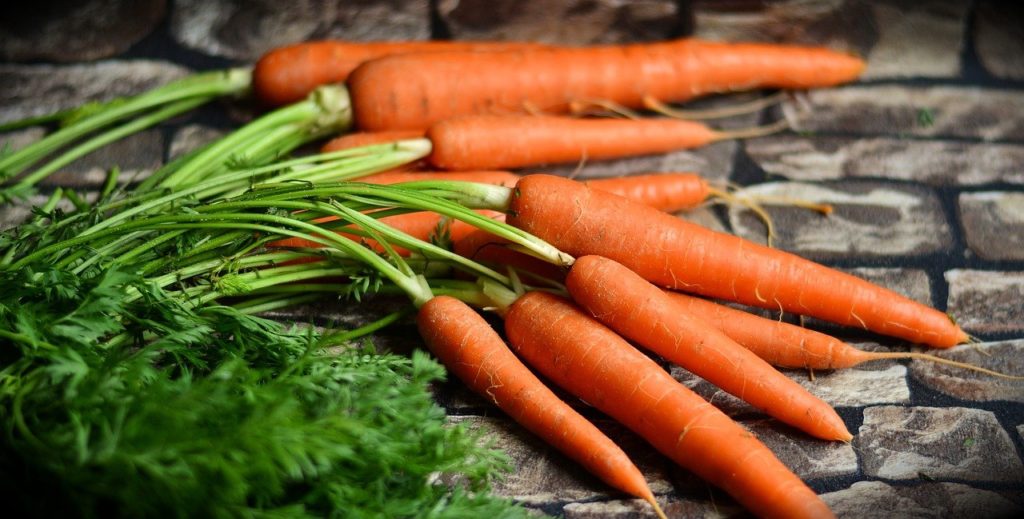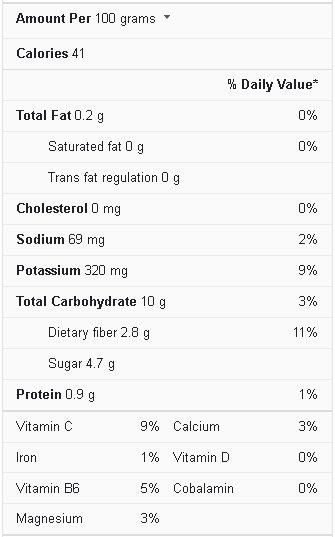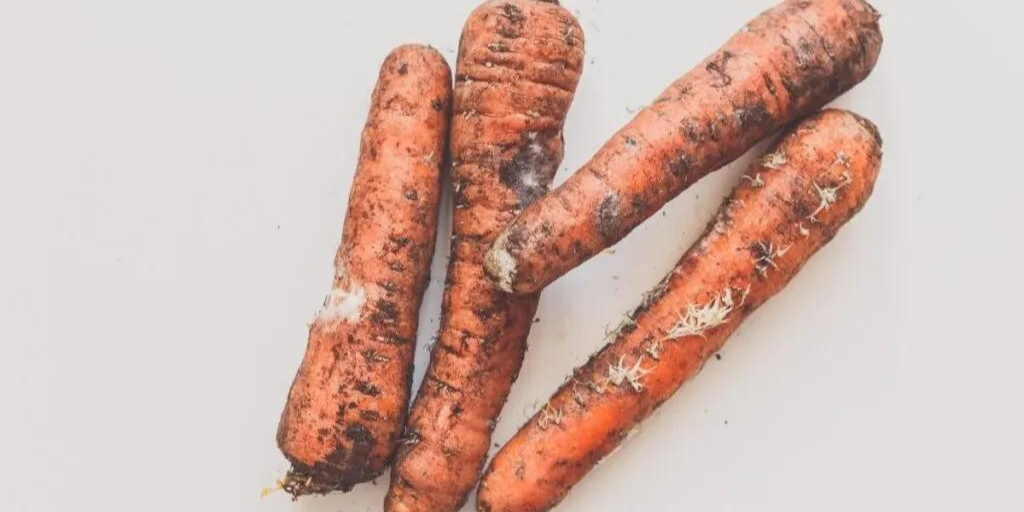Did you know that the carrot was first cultivated in Persia? They can also be found in various colors, including orange, purple, red, white, and yellow. The long, crispy, bittersweet root vegetable has been a world favorite for as long as anyone can recall, even if you didn’t know these facts previously. Despite their celebrity status, these vegetables still require sensitive, loving care. Otherwise, you won’t be able to reap the benefits of carrots if you don’t know how to preserve them properly. To know how to tell if a carrot is bad, read further.
Carrot Nutrition Facts
What are Carrots?
The carrot is a root vegetable with an orange color; however, purple, black, red, white, and yellow varieties are available, all of which are domesticated variants of the wild carrot, Daucus carota, which is native to Europe and Southwestern Asia.
The plant was initially farmed for its leaves and seeds in Persia, and it is thought to have originated there. The taproot is the most widely consumed component of the plant, while the stems and leaves are also consumed.
The taproot of the domestic carrot has been carefully developed to be much larger, more edible, and less woody-textured. Carrots are a biennial plant in the apiaceous family of umbel lifers, and it produces a rosette of leaves while expanding the taproot. Fast-growing cultivars reach maturity in three months (90 days) after seeding, while slower-maturing cultivars take a month longer (120 days). The roots are a good source of vitamin A, vitamin K, and vitamin B6 and contain a lot of alpha- and beta-carotene.
How to Tell if a Carrot is Bad?
Look
Some carrots may develop dark stains. This doesn’t necessarily imply they’ve gone wrong, and those that aren’t usable can be clipped off before they’re used.
If you notice mold forming on them, they’ve most likely gone rotten and should be discarded. Please do not cut the mold off because its roots run unexpectedly deep into the dish.
White Blush
Have you noticed that your carrots have some white lines on them? This is known as white blush. It’s a thin layer of carrots that have been dehydrated.
It appears when the carrots are exposed to the air, and the outer section of the skin dries up. If your carrots have only a few white lines on them, they are still deemed safe to eat. However, remember that white flush indicates that your carrots are about to die off, so eat them as soon as possible
. If your carrots have many white lines on the surface, it’s better to throw them away.
Evaluate Its Consistency
Check for a sticky layer on the surface of the carrot or a mushy consistency in any of its
components. If it does, toss it right away. Consumption of slimy or rotten carrots might result in various health problems.
You might also want to look at the carrot’s size and thickness. If it’s already a little less than its original size, toss it out right away.
Smell
If your carrots are already rotten, they will emit an unpleasant odor caused by bacteria growing in the carrots. Check the scent of your carrots, and if it has a strange odor, throw it out straight away.
Spots
Take a look at the skin of the carrot. Is there any white spotting on the surface? Eating carrots may not be safe if their spots are darker in hue (darker than white blush). Please toss it out rather than risk cooking it.
Health Benefits of a Carrot
Here are many health benefits of eating carrots:
Reduced Risk of Cancer
Carotenoids-rich diets may help protect against a variety of cancers. This covers malignancies of the prostate, colon, and stomach.
Women with high amounts of carotenoids in their blood may lower breast cancer risk. In older studies, carotenoids have been linked to a reduced risk of lung cancer, but subsequent research has not found a link.
Lower Blood Cholesterol
High cholesterol levels in the blood are a well-known risk factor for heart disease. Carrot consumption has been linked to a reduction in cholesterol levels.
Weight Loss
As a low-calorie food, carrots might help you feel fuller and eat fewer calories at subsequent meals. As a result, they may be a beneficial supplement to a successful weight-loss regimen.
Eye Health
Individuals with low vitamin A levels are more likely to develop night blindness, which can be alleviated by consuming carrots or another vitamin A or carotenoids-rich foods. Carotenoids may also lower your risk of macular degeneration as you become older.
Baby Carrots
Baby carrots are becoming more and more popular as a snack. It refer to two different types of carrots, which might be misleading. On the one hand, there are whole carrots that have been harvested when they are still young.
On the other hand, baby-cut carrots are portions from more giant carrots that have been machine-cut into the desired size, then peeled, polished, and occasionally washed in small amounts of chlorine before being packed. The nutrients in conventional and baby carrots are nearly identical; thus, they should provide similar health benefits.
Side Effects Of Carrots
Carrots are generally regarded as safe to eat, and however, some people may experience side effects. Additionally, too much carotene in your diet might cause your skin to turn yellow or orange, but this is completely harmless.
Allergy
According to one study, carrots can provoke pollen-related allergic reactions in up to 25% of food-allergic people. Carrot allergy is an example of cross-reactivity, in which proteins in certain fruits or vegetables trigger an allergic reaction because they are similar to proteins found in pollen. Carrots may cause an allergic reaction if you are allergic to birch pollen or moonwort pollen. Your mouth may tingle or itch as a result of this. It may cause throat swelling or a severe allergic reaction in certain people (anaphylaxis)
Contamination
Carrots cultivated in contaminated soil or near contaminated water may have higher levels of heavy metals, compromising their safety and quality.
Conclusion
Carrots are the ideal snack since they are crisp, nutritious, low in calories, and sweet. They’ve been linked to better heart and eye health, as well as better digestion and even weight loss. This root vegetable is available in various colors, sizes, and shapes, which are nutritious additions to any diet.




